Rubber Tree
- November 5, 2024
- 0 comment
The rubber tree, scientifically known as Hevea brasiliensis, plays a crucial role in both ecosystems and human industry. Originating from the Amazon rainforest, this tree has become globally significant for its ability to produce natural latex, a primary ingredient in rubber products worldwide.

In natural ecosystems, rubber trees help support biodiversity, stabilize soil, and sustain various plant and animal species. Due to its ecological and economic importance, the rubber tree holds a unique place in tropical environments and contributes to sustainable practices and conservation efforts.
What Is a Rubber Tree?
The rubber tree, or Hevea brasiliensis, belongs to the family Euphorbiaceae and is characterized by its tall stature, smooth grayish bark, and broad, glossy leaves. These trees can reach heights of 30 meters (about 100 feet) in natural forest conditions. Rubber trees bear small, yellowish-white flowers and produce fruits that split open to release seeds. One of their most remarkable features is their latex, a milky sap that flows when the bark is cut. This latex is collected and processed to create natural rubber.
Rubber trees typically live for 30 to 40 years in cultivated plantations, although they may live longer in the wild. Besides their economic value, rubber trees have a role in soil health, as their roots contribute to soil stability and prevent erosion. They also play a part in the water cycle, especially in tropical regions where rainfall is abundant.
Different Types of Rubber Tree Species
While Hevea brasiliensis is the primary species cultivated for latex production, several other species within the genus Hevea and related genera share similar characteristics:
Hevea Benthamiana
Known for its tolerance to different soil types and weather conditions, though it produces less latex than H. brasiliensis.


Hevea Guianensis
A smaller, hardy species found in the Amazon basin, often used in reforestation and conservation projects.
Hevea Nitida
Known for its resilience in wetter areas and sometimes cultivated for latex, though less commonly than H. brasiliensis.

These species differ slightly in their latex yield, size, and tolerance to environmental conditions. They play essential ecological roles, particularly in their native habitats, supporting local biodiversity and contributing to forest health.
Where Do Rubber Trees Grow?
Rubber trees thrive in tropical regions, where high humidity, warm temperatures, and ample rainfall support their growth. Originally native to the Amazon rainforest in South America, rubber trees have been introduced and cultivated extensively in Southeast Asia, including countries like Thailand, Indonesia, and Malaysia, which are now major rubber producers.
Rubber trees are well-suited to lowland tropical forests with nutrient-rich, well-drained soils. They are adapted to warm climates, typically between 25 to 35 degrees Celsius, and require a rainfall of 2,000 to 3,000 millimeters annually. In their natural habitat, these trees contribute to the ecosystem by stabilizing soil, supporting undergrowth, and providing a canopy for various animal species.
How to Grow and Care for Rubber Trees
Growing rubber trees at home or on a plantation requires careful attention to their tropical needs:

- Soil: Rubber trees prefer well-draining, nutrient-rich soil. A mix of sandy loam with organic matter provides the best conditions.
- Watering: They need regular watering, especially during dry spells, but should not be waterlogged, as this can cause root rot.
- Sunlight: These trees thrive in full sun but can tolerate partial shade, especially in the early growth stages.
For propagation, rubber trees can be grown from seeds or cuttings. Seeds should be planted in moist soil and kept warm for optimal germination, while cuttings require regular misting to encourage root growth. Pruning is necessary to remove dead branches and maintain a healthy shape, and pests like scale insects should be monitored.
Ecological Benefits of Rubber Tree
Rubber trees bring several benefits to their ecosystems, including:

- Soil stabilization: Their extensive root systems prevent soil erosion, particularly on slopes.
- Water retention: Rubber trees contribute to groundwater replenishment by absorbing and releasing large amounts of water through their roots.
- Biodiversity support: They provide habitats for various insects, birds, and small mammals, supporting a wide range of biodiversity in tropical regions.
In agroforestry systems, rubber trees can be integrated with other plants to create sustainable and productive landscapes that benefit both farmers and the environment.
Rubber Tree Flowering and Pollination
Rubber trees typically flower during the dry season, producing small, fragrant, yellowish-white blooms arranged in clusters. These flowers attract various pollinators, including bees and other insects, which help in the pollination process. The pollination of rubber tree flowers results in the development of seed pods, which, upon maturing, release seeds that can grow into new trees. This natural reproduction process is vital for sustaining rubber tree populations in the wild.
Is the Rubber Tree Drought-Tolerant?
Rubber trees are moderately drought-tolerant but still require a reliable water source to maintain optimal health and latex production. During dry periods, they can survive for several weeks without rain but may show reduced latex output. Rubber trees in regions with seasonal drought benefit from mulching and occasional irrigation to retain soil moisture. In gardens, rubber trees can survive occasional drought but need supplemental watering during prolonged dry spells.
Rubber Tree and Wildlife Interactions
The rubber tree provides shelter and food to many animal species. Birds, small mammals, and insects often rely on the tree for nesting or as a food source. The tree’s leaves and bark support a variety of insect species, which in turn attract insectivorous birds and other animals. Additionally, the latex of the rubber tree can deter some herbivores, while providing a natural defense mechanism that helps the tree maintain its foliage and vitality.
Conclusions
The rubber tree (Hevea brasiliensis) is essential for both ecosystems and human industries. Not only does it provide natural latex, which is crucial for many rubber products, but it also supports biodiversity, stabilizes soil, and maintains water cycles in tropical forests. The tree’s ecological and economic significance makes it a valuable species for sustainable forestry and environmental conservation efforts. Protecting natural rubber tree habitats and promoting responsible cultivation practices can help maintain both the ecological balance and the sustainability of resources in tropical regions.
Frequently Asked Questions (FAQs)
- What is a Rubber Tree?
A rubber tree (Hevea brasiliensis) is a tropical tree known for producing natural latex, the raw material for rubber products. - Where is the Rubber Tree native to?
It originates from the Amazon rainforest in South America but is now widely cultivated in Southeast Asia. - How does the Rubber Tree contribute to the ecosystem?
Rubber trees stabilize soil, support water cycles, and provide habitats for various wildlife, enhancing biodiversity. - Can Rubber Trees survive drought?
Rubber trees are moderately drought-tolerant but produce less latex during dry periods and may need supplemental watering in prolonged droughts. - What are some common Rubber Tree species?
Hevea brasiliensis is the primary species, with others like Hevea benthamiana and Hevea guianensis being less common and used mainly for conservation or reforestation. - How can I grow a Rubber Tree at home?
Use well-draining soil, provide regular watering, and place in full sun to partial shade. Rubber trees can be grown from seeds or cuttings. - When do Rubber Trees flower?
Rubber trees typically flower in the dry season, producing small, yellowish-white flowers that attract pollinators like bees. - What animals benefit from Rubber Trees?
Birds, insects, and small mammals use rubber trees for food, shelter, and nesting, making these trees important for local wildlife.


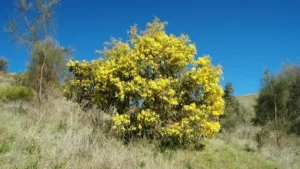


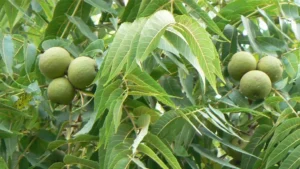
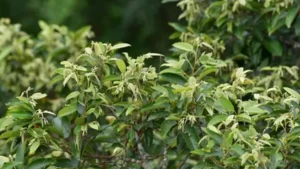
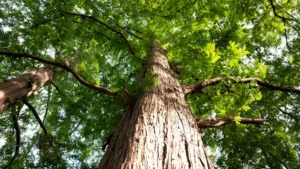
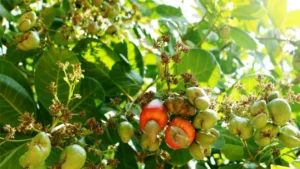
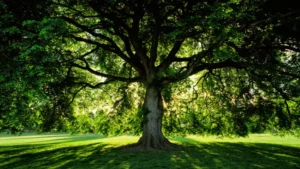
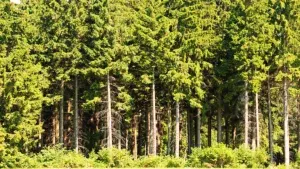
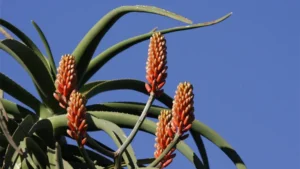
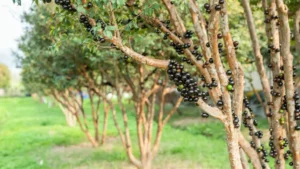
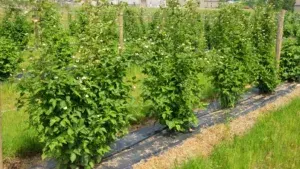
Leave your comment